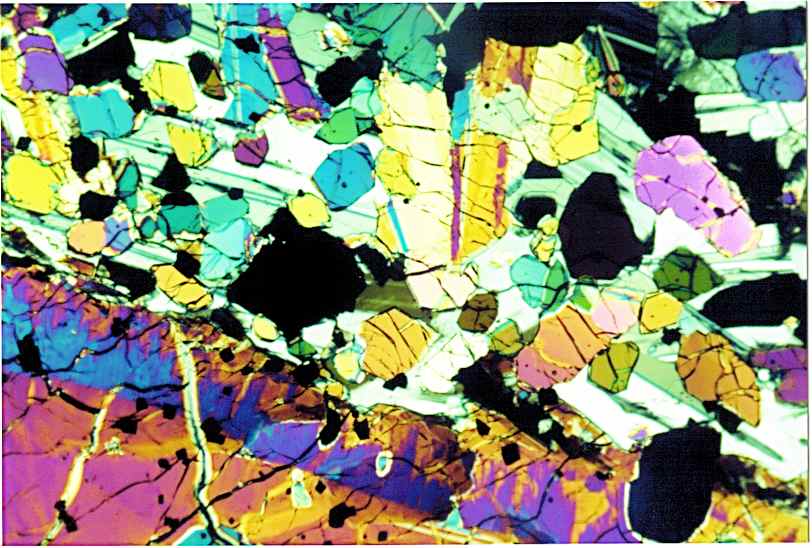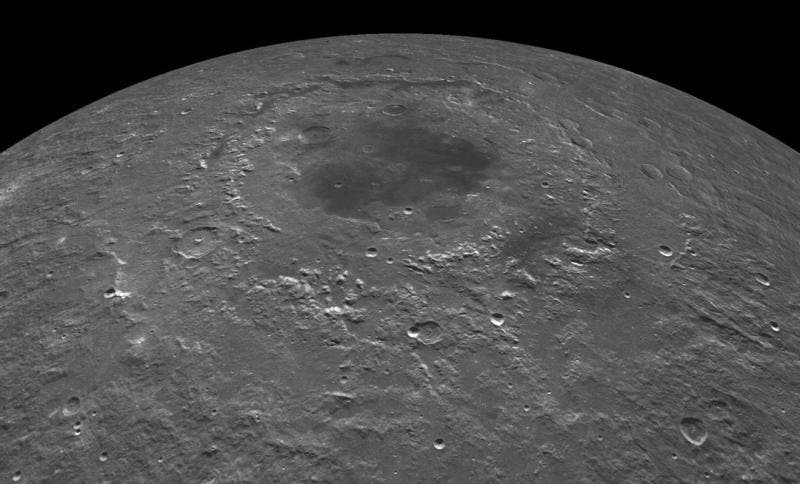A new analysis of data from NASA’s Lunar Orbiter Laser Altimeter (LOLA) shows that molten rock created by lunar impacts has been around for much longer than previously believed.
During its earliest days, the Moon was covered in an ocean of molten rock, pretty much like every planet out there. As that lunar magma ocean cooled over millions of years, a process called igneous differentiation took over. Basically, igneous differentiation is an umbrella term for the various processes by which magmas undergo bulk chemical change during the partial melting process (or cooling, emplacement or eruption).
However, according to Brown University researchers, this wasn’t the only time the lunar surface was melted on a massive scale. The Moon, unlike the Earth, has no atmosphere to protect it from meteorite impacts; these impacts are much more frequent and much more violent there. Such is the case with the impact event that formed the Orientale basin on the Moon’s western edge and far side: it produced a “sea” of lava some 350 km (220 miles) across, and almost 10 km (6 miles) deep. Similar processes happened at various times in the Moon’s history in at least 30 other large impact basins.

Vaughan and his colleagues show that as these melt seas cooled, they igneously differentiated in pretty much the same way it did during the Moon’s initial cooling phase, so rocks found there could actually be mistaken for pristine, original ones.
“This work adds the concept of impact melt magma seas to the lexicon of lunar rock-forming processes,” said planetary geologist James W. Head III, the Scherck Distinguished Professor of Geological Sciences and the senior researcher involved in the study. “It emphasizes that one must consider the detailed point of origin of the rocks in order to interpret them correctly.”
Bad thing is, these rocks include the ones brought back by the Apollo project and Russia’s Luna missions. It’s quite possible, the researchers say, that impact melt material is present in lunar samples thought to be representative of the early formation of the lunar crust, which if true, could raise some big question on previous interpretation. If lunar samples do include melt material, it would help to explain some puzzling findings from lunar samples.
The thing is, for differentiation to take place, it would have to remain liquid for several thousands of years, which is very likely, when you’re dealing with “seas” as big as the ones described here. The next question was what that differentiation might look like, and how can we determine the composition of the impact melt sea.
“This is a mechanism by which the Moon was later modified to add petrologic complexity,” Vaughan said. “It helps make sense of mineralogical data that doesn’t always fit in this lunar magma ocean idea.”
Was this helpful?




